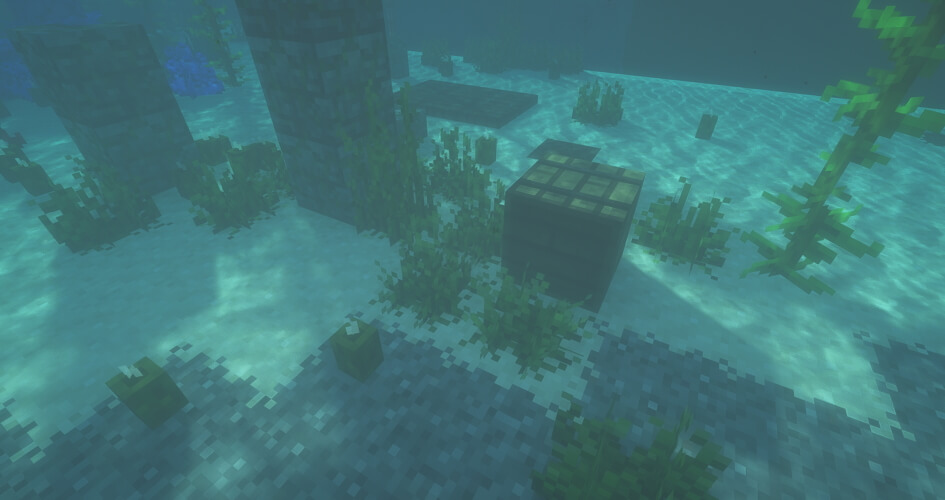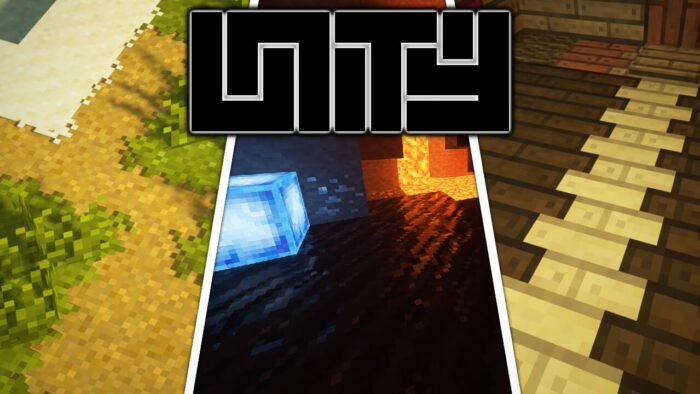

Rather than use any specific language or dialect, this tutorial will use pseudo localization (e.g. If any characters are missing from your font, these will not display correctly in game. Daggerfall Unity uses standard Unicode codes for all text. You will need to supply a TTF or OTF font representing all the Unicode characters required for your alphabet. But if you still want to assign a new font for other reasons, then keep reading. The built-in Daggerfall Unity fonts contain a full complement of Latin characters. English, French, Italian, Spanish), you can skip this section. If you’re writing translations using Latin characters (e.g. Start by locating the below path in your Daggerfall Unity installation. Throughout this whole process, we’ll be placing files somewhere in the DaggerfallUnity_Data\StreamingAssets folder. This functionality is built into Windows and other major operating systems.

Rather than another multi-part tutorial series, this article will speedrun the whole translation process showing how everything is done as quickly and clearly as possible in a single article. Instead, all text is edited in plain CSV files using your editor of choice and can be distributed along with fonts in a simple ZIP archive. From release v0.15 and later, it’s no longer necessary to use the Unity Editor, write any code, or package a.


I’ve listened to your feedback and completely reworked localization to simplify the entire process and remove technical hurdles. This approach placed a heavy technical burden on the translator, who just wants to get down to writing text. In previous releases, translating DFU was a challenging process requiring the Unity Editor and writing code to load fonts and replace string tables at start. Localization in Daggerfall Unity has taken a big step forward.


 0 kommentar(er)
0 kommentar(er)
